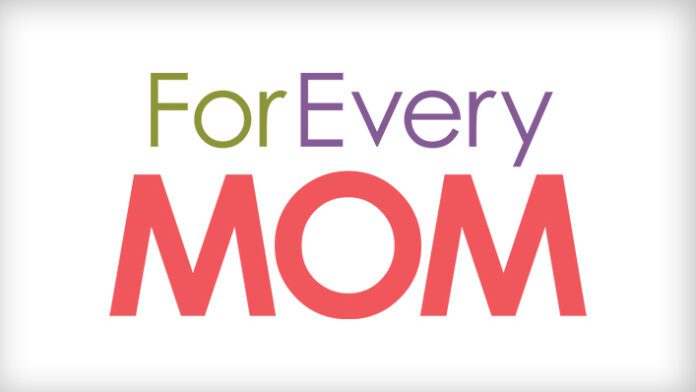Our children are being raised in a techno-savvy world of instant gratification and convenience. The opportunities for them to practice polite manners are less often than in times past when household work and family cooperation was more vital for day-to-day life. But learning to show respect by asking for what we want politely and expressing thanks when it is given is a necessary part of preparing our children to enter society. Here are several ways to teach young children how to express thanks.
Thankfulness must be voluntary.
This sounds contradictory, but the benefit of giving thanks is primarily for the one giving thanks, not the one receiving thanks. When we give, we should give voluntarily and freely with no strings attached. Even though expressing thanks is good manners, if we give with the expectation of receiving thanks or a returned favor or anything, then we have missed the point of giving. For the one receiving the gift, if he receives but does not give thanks, does he really benefit from appreciating the gift that was given to him?
The art of giving and receiving is a learned behavior that we practice over time. Children are no different. We should invite our children to give thanks consistently, but not demand that they say “Thank you” every time we give them something. In fact, asking politely and saying “Thank you” are two sides of the same coin. If we demand our children to say “Thank you,” they might say it under their breath, but the sincerity will not be there, which defeats the entire point of giving thanks.
Children learn respect by example.
It is amazing how far a little patience and respect goes with a young child. My young son loves to climb up onto the kitchen counter and play in the sink. The end result of his playing is water splashed all over the counters and floor. I do not like him to be up near the kitchen sink, the disposal, and other kitchen items. My initial reaction is to clench my teeth and say through them, “Get down and out of the sink!” It seems like we have to go through this scenario every morning.
I have learned that when I get impatient with my son, he is more impatient with his siblings. I have even seen him clench his teeth and say in the same exasperated tone to our twenty-month-old, “Don’t take my toy, babe!” I can do better to show my son how to ask politely and how to say thank you. I have learned to ignore the impulse to get impatient and say instead, “Please get down off the counter and out of the sink and thank you.”
Show them by saying “Thank you” often.
The simplest way to teach children to give thanks is to do it yourself. When a child brings you a fall leaf off the ground, don’t just hold the leaf, be animated about it and say, “Oh thank you! What a beautiful fall leaf.” Talk about the colors and demonstrate how to appreciate their simple, yet thoughtful gift. Remember, they chose to give what little they could find to you.
At mealtimes, offer a prayer of thanks for the meal and/or thank the person who prepared it or bought the groceries. Set the table and give children an opportunity to practice. Tell them, “When we ask for a roll, we say, “Please pass the roll,” and then we say, “Thank you” when we are given the roll. It is easy to show children how and when to give thanks by incorporating it into your daily routine.
Remind children and reinforce when they demonstrate politeness.
Children have a short attention span when it comes to giving them praise. You really cannot over-praise good behavior in a young child. Build praise and positive reinforcement into your daily routine. I make it a point to praise my daughter when we are between activities. For example, when she first gets home from school, before I even ask her about her day, I like to remind her something positive she did in the morning before she left for the day, “Thank you for being so nice to your brother at breakfast this morning.”


